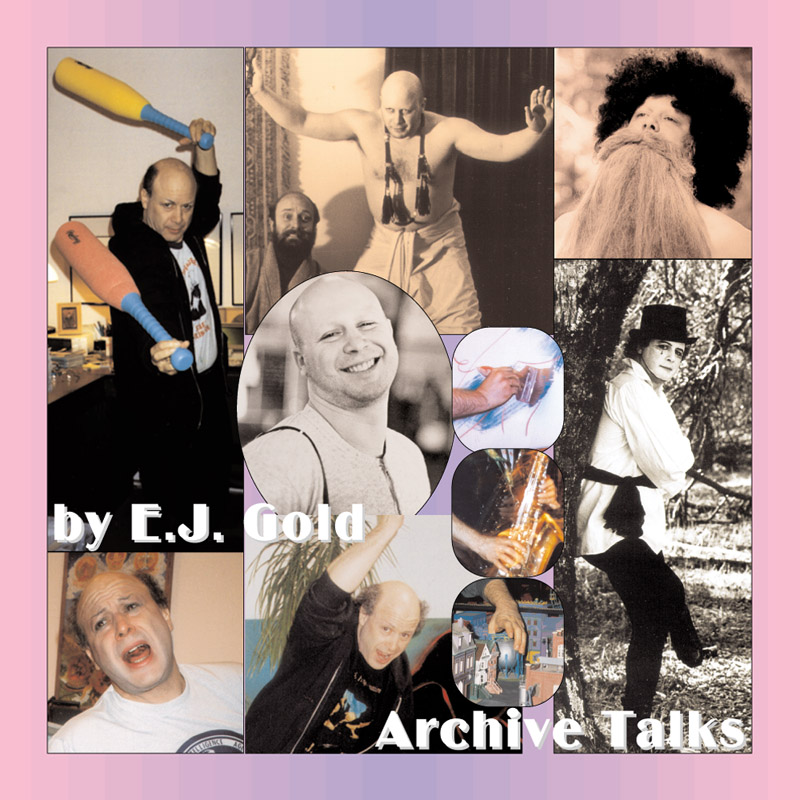

CDT377
Drawing Class - Figure / Ground
Synopsis
The talk explores the importance of drawing as a foundation for painting and artistic expression. The speaker emphasizes the significance of structure, light, and movement in visual arts. They recount personal experiences with renowned artists and teachers, discuss practical techniques, and challenge misconceptions about realism and self-expression in art. The discussion also touches on surrealism, perception, and hallucination as creative tools.
Summary
The speaker begins with an informal and humorous introduction, touching on various cultural references before diving into the core topic: the fundamentals of drawing. They share personal anecdotes about their early experiences with art and discussions with art teachers at Otis College, illustrating how they came to understand what makes a strong drawing.
The talk highlights the importance of structure in art—comparing drawing skills to a necessary skeletal foundation for painting. The speaker discusses their studies with Charles White III, Rico Lebrun, and Bentley Shod, emphasizing the mastery of light, shadow, and composition.
A deep dive into drawing methodology includes considerations of light source, movement, and abstraction. The speaker suggests that drawing is a practice not just of representation but of exploration, invoking surrealist techniques and referencing personal interactions with Salvador Dalí. The contrast between public perception of artistic movements like Impressionism and surrealism versus their original intent is examined.
The latter part of the talk focuses on practical exercises. The speaker encourages daily drawing practice using specific techniques such as scribbling and defining figures through background manipulation. Discussions about grayscale, figure-ground relationships, mass, and compositional structure provide a structured approach to developing artistic skills.
A critique of modern tendencies towards photorealism and self-indulgent self-expression is presented, advocating for a more investigative and scientific approach to perception in art. The session ends with logistical details about upcoming classes, artistic development practices, and the commercial aspects of the speaker’s teaching environment.
Keywords & Key Phrases
- Figure-ground relationship
- Skeletal structure of painting
- Surrealism and hallucination techniques
- Drawing as perception training
- Foundation of artistic composition
- Light and shadow discipline
- Grayscale mastery
- Abstract vs. figurative drawing
- Tai Chi of drawing
- Self-expression vs. investigative art
- Exploration through doodling
- Mark Twain’s least favorite books
- Photorealism criticism
- Distortion in perception
- Personalization of artistic process
Graphic Prompt
"An evocative composition featuring a surrealist artist’s desk, covered in charcoal sketches of twisting, dreamlike figures. A single light source casts dramatic, chiaroscuro shadows across the room. In the background, ghostly visions of Salvador Dalí and Charles White III observe from the shadows, their presence implied through swirling strokes of abstract movement. A stack of old sketchbooks filled with anatomical and gestural studies leans precariously against a grand easel. The atmosphere is rich with artistic energy—an intersection of classical draftsmanship and the mystical approach to perception. Dark, moody color palette with high contrast between light and shadow."



